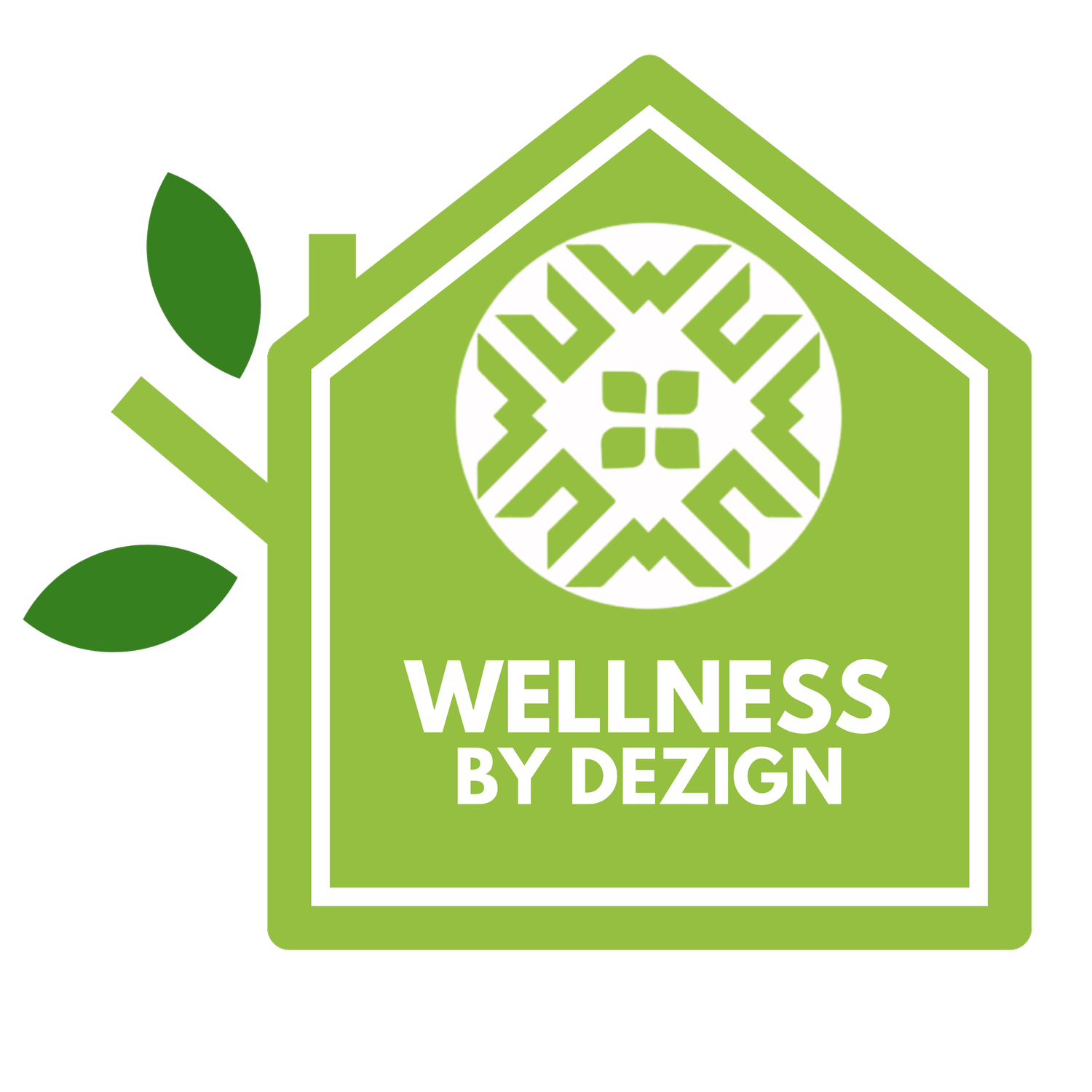Acoustic Comfort
Acoustic noise is a leading complaint among employees on the job, according to the WELL Building Standard. The aim is to mitigate or reduce the sources that distract, irritate or stress occupants while at work. Architects who design commercial interiors are experienced in designing spaces and using special materials or methods to reduce noise levels in order to enhance productivity and social interaction. If we adopt some of the same principles or concepts at home, we can live in a place of comfort and relaxation and ensure a healthier and more peaceful life where we spend so much time.
Our indoor environment at home can be poorly decorated and be a source of distraction and irritation for all occupants. A contemporary or modern home, for example, may have a lot of beautiful windows, glossy finishes (i.e. cabinets, countertops), stainless appliances and be filled with metal furniture, all of which will make sounds reverberate and cause discomfort. Regardless of the style of home you live in, adding a variety of different porous materials and textures will improve sound absorbency.
Porous building materials add texture and interest to a space while also helping with acoustics.
When adding sound absorbing products to your home, be mindful not to clutter your space. Surround yourself with quality items or details that you love and are functional. Here are a few design examples for your home to aid in better, more comfortable acoustics.
Wood is an excellent absorber of sound. Install wood floors rather than tile. Exposed wood beams and natural wood shelving can help, too. Wood adds texture and interest and is biophilic in nature. Note: faux wood, wood veneers or particle board are not good examples.
Bead-board or shiplap on walls or ceilings will cut down on sound. If your budget is small, consider an accent wall or wainscoting. The paint finish should be flat or eggshell, not semi-gloss or gloss.
Exposed brick, natural stone and tumbled travertine are all porous and are excellent for sound absorbing.
Light fixtures can be helpful with acoustics depending on design and material. Choose unique features like linen, rope, wood, paper, rattan or hemp for a natural and creative design element.
Natural fabrics such as linen, wool, velvet, cotton or brushed leather/suede are excellent materials to absorb sound. Use them for rugs, upholstery, pillows and drapery. Avoid synthetic fabrics that have shine like nylon, polyester or polished cotton.
Certain wall coverings, like grass cloth or cork, can be added to various surfaces, including furniture. Consider an accent wall if your budget is tight. West Elm sells “peel and stick” natural cork and grass cloth wall tiles. Thibaut offers grass cloth wrapped furniture in gorgeous colors. Some of these products are wonderful sound absorbing materials and look beautiful in a home.
Consider acoustic panels with creative shapes and colors. One U.S. company, GIK Acoustics, offers a large variety of panels manufactured from naturally occurring and/or recycled raw materials free from formaldehyde, phenols, acrylics and with no artificial colors, bleaches or dyes. They can also print custom artwork onto panels.
Last but not least, adding house plants to any room will help with sound absorption while also aiding in better air quality. Please avoid faux or silk plants - they just collect dust and can give off VOC’s. For a large wall or area consider a living wall with fresh plants, succulents or edible herbs, or install a moss wall for a unique design element in your home.
Design Well to Live Well


















